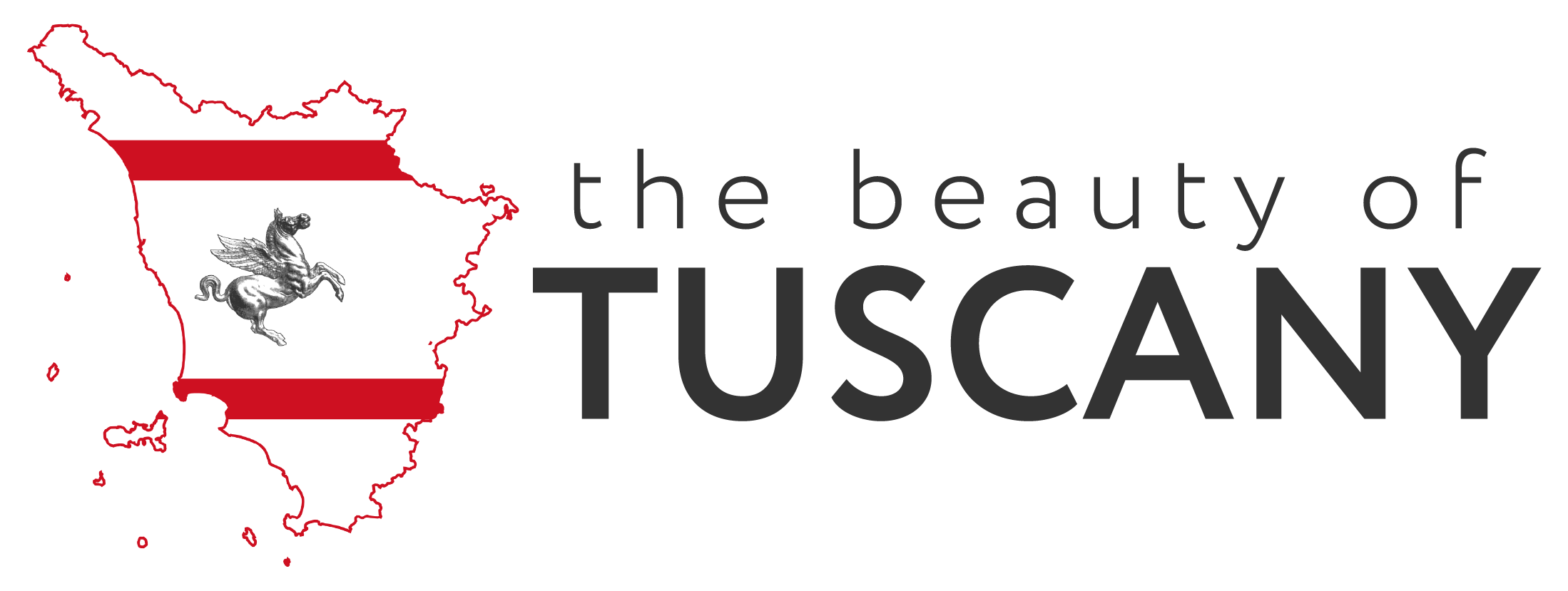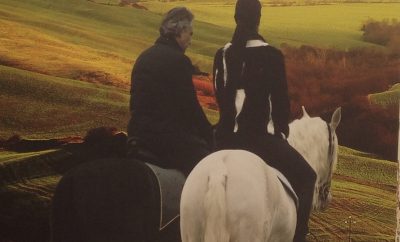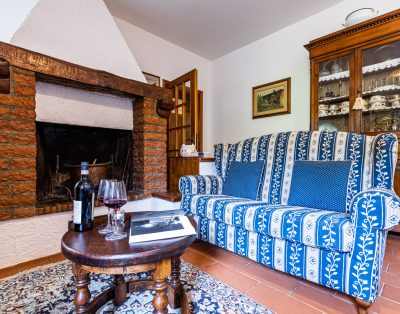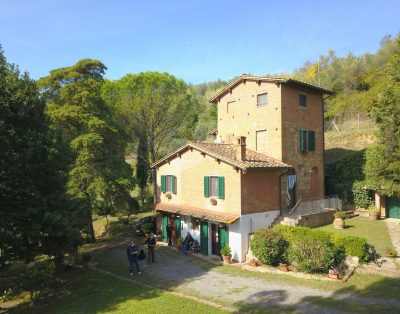Pisa
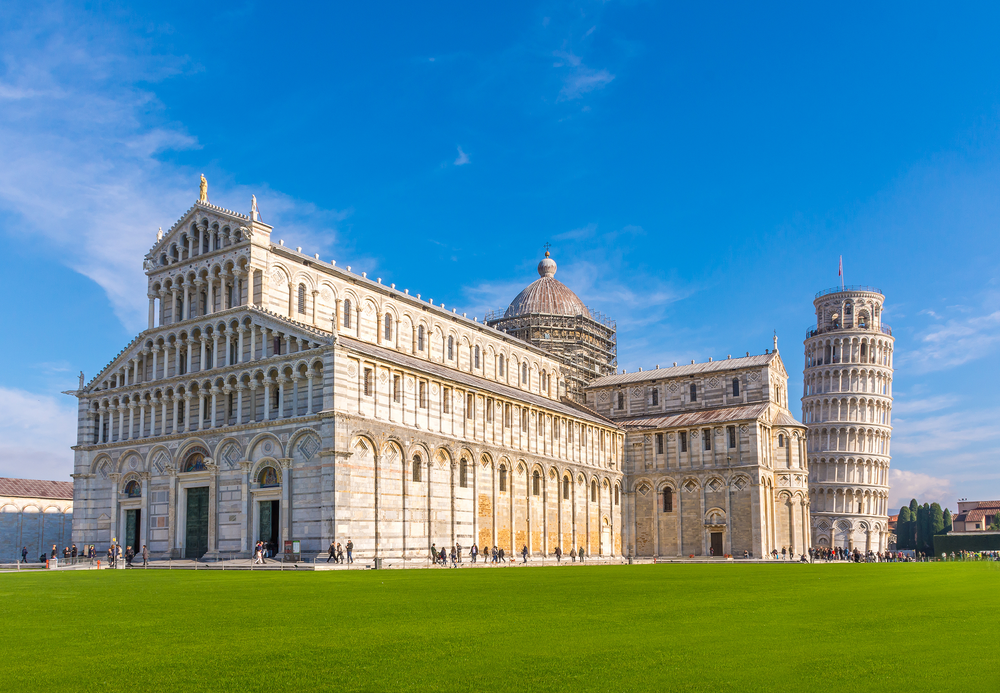
Pisa is one of the most important cities in Tuscany, and it is known all over the world because of a very famous symbol: The Leaning Tower of Pisa. The city is a combination of ancient and a modern city, and has about 90,000 inhabitants. The city is a significant trading and maritime city with large touristic traffic. The main reason for the large tourist traffic is due to the leaning tower that is located there. The river Arno, known from Florence, has its outlet in Pisa. The river divides the city in two with the large shopping street Corso Italia located to the south. Cross the river at Ponte di Mezzo bridge, turn north-east and you will find historic places and buildings lined up, connected by pleasant squares and marketplaces. The beautiful river promenade along the Arno is worth the walk.
Pisa is the home of one of the oldest universities in Europe, and is regarded as one of the most prestigious universities in Italy. Pisa can also be considered an international city due to the intercontinental Galileo Galilei Airport, which takes you to almost anywhere in the world.
Culture and history
Pisa is a very rich city both historically and culturally, and Pisa is proud of their past.
Pisa does not only have the famous leaning tower, it also has two additional towers; the bell tower in the church of San Nicola – located near the river Arno, and the church of San Michele of Scalzi.
The Pisa tower – or the Leaning Tower of Pisa – is located in Piazzo dei Miracoli along with the Duomo, the Baptist and Camposanto, and is the symbol of the city along with the Leaning Tower. It is also very convenient for visitors that these places are located on the same plot of land.
Pisa is a small city, making it easy to navigate to Piazza dei Miracoli, just follow the main street Via Cardinale Pietro Maffi. After walking along the main road for a few minutes, you’ll be surrounded by touristy stores and hundreds of people, ensuring you that you are on the right track. Keep walking until you see the buildings facing you with all their glory.
We recommend taking your time strolling around these buildings, as it is the main attraction in Pisa. Take your time and digest all the aspects of this place, inside and out, but do be aware of the long lines during summer and fall.
During the Middle Ages, people belonging to the aristocratic class would often visit the tower, which is why the steps of the stairs are made out of marble instead of the usual wood. When the construction of the third ring started, the tower started to lean as a result of the flawed foundation of the tower. This was one of the main reasons the construction came to a halt and did not continue until 1275. Another reason was the condition of the ground under the bell tower. The land around the tower was used for recycling, and today one part of the structure leans towards the swamp, while the other is sitting on top of a sand field. The next three floors were built with an opposite slope to balance out the tower. During the following centuries, several architects attempted to straighten out the tower, without luck. The tower is still standing even after a terrible bombing in 1944 threatened the stabilization of the tower. The balcony hosts 7 bells, and is also the place where Galileo Galilei performed experiments to study the equations of a falling object. Today, the tower is controlled by extremely modern technology.
When visiting the area, you will find a lot of people posing towards the leaning tower, after all, it is the highlight of the square. However, you should consider climbing to the top of the tower to get a unique perspective of Pisa and Piazza dei Miracoli, and climbing the 297 steps to the top of the tower is a fun experience in itself. Tickets can be purchased online or at the ticket office on site, but the best option is to buy the tickets in advance online, especially during the high season. The climb to the top takes about half an hour. Some people prefer to climb the tower in the evening when there is a little less people and not as hot.
Shopping
If you want to go shopping in Pisa, do not miss out on Corso Italia, Borgo Stretto and Borgo Largo, Pisa’s most central shopping streets.
Borgo Stretto starts at Piazza Garibaldi and goes northwest to Via Oberdan, the so-called Borgo Largo. Borgo Stretto and Borgo Largo are definitely the most elegant streets in Pisa, with their medieval arches and palaces. Here you will find the most prestigious brands and the city’s most expensive and elegant shops.
Corso Italia is a very central street that connects Piazza Vittorio Emanuele II and Piazza dei Cavalieri. It is considered a shopping street and you can find bars and shops of all kinds and for any budget.
Small markets and booths are located in the area of Piazza dei Miracoli, but be aware of the prices, the closer you are to the Leaning Tower, the higher the prices.
Food and wine
As you may expect, the leaning Tower of Pisa is surrounded by restaurants, bars, and ice cream shops designed for tourists. If you are visiting for the first time, and you don’t have a lot of time to venture about finding the best places to eat, keep in mind that these places most often offer a lower quality. Find a local restaurant hidden in the narrow streets of the city and enjoy your food there.
Pisa is known for amazing Tuscan dishes, and if you like Italian cuisine, you will love the food in Pisa. The whole region of Tuscany has a varied cuisine and traditionally simple dishes with the best ingredients. Olive oil, bread and fresh vegetables are solid ingredients. At a typical Pisa restaurant, you can have a glass of red wine with dishes characterized by strong flavors, cold cuts, various cheeses, pastas and main courses with fresh meat and fish. Pisa has a wide selection of restaurants as well as local wines.
Transportation
If you go on a day trip to Pisa, you take a train from Florence to Pisa which takes between an hour to an hour and a half, depending on which train you take. You can also easily reach Pisa from Lucca (approx. 30 minutes) or Siena (an hour and a half by train).
Italian regional trains are easy to use. You can check the schedule on the Trenitalia website in advance to help you plan your day.
Pisa is a quiet, small and centered town where you can easily reach all the important sights on foot. From the train station, it takes only about 20 minutes to walk before you reach the shops, bars and cafes of Pisa.

